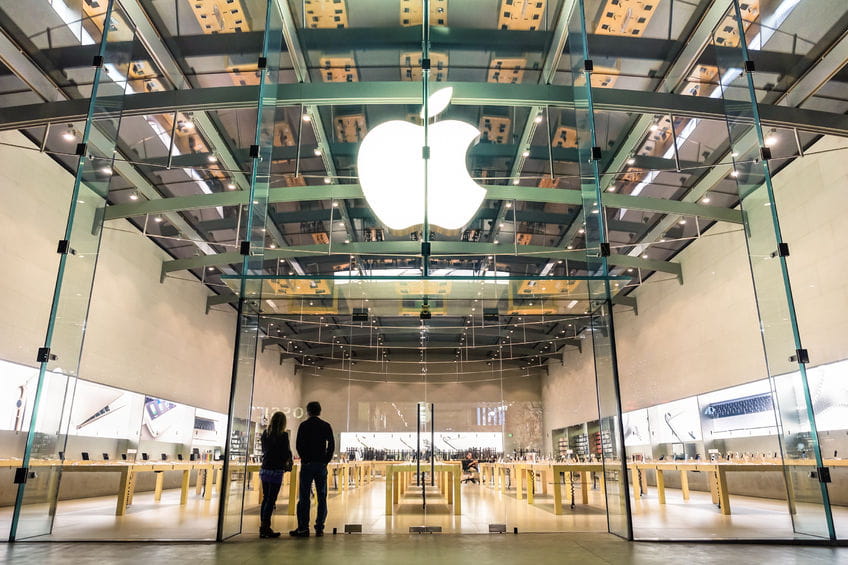


You won’t find an official “mission statement” on the Apple website. If they have one, it hasn’t been made public. But the following statement, which has appeared at the bottom of press releases coming out of Apple since at least 2012, is what most consider to be Apple’s current mission statement:
“Apple designs Macs, the best personal computers in the world, along with OS X, iLife, iWork and professional software. Apple leads the digital music revolution with its iPods and iTunes online store. Apple has reinvented the mobile phone with its revolutionary iPhone and App store, and is defining the future of mobile media and computing devices with iPad.”
As we’ve discussed multiple times on Businessing Magazine, there’s not one “right” way to write a mission statement for your company. Your mission statement can communicate very specifically what your company does or produces, like in the above example of Apple’s current mission statement, or it can be more general, like Apple’s mission statement from the 1980s, which said:
“To make a contribution to the world by making tools for the mind that advance humankind.”
That’s quite a shift—from a mission of wanting to advance humankind to one that is more or less a list of the products produced by the company.
The Apple mission statement from the 1980s certainly is a much more inspiring mission statement. It gave the company (and all who worked there) a sense of purpose. And who doesn’t want to work for a company that is seeking to change the world? It was a lofty mission, but with someone like Steve Jobs at the helm, not necessarily out of reach.
However, one could also argue that Apple’s mission statement from the 1980s was a bit too generic. After all, it could have been used by any number of companies out there, as it only refers to their products as “tools,” and it doesn’t offer any specifics as to how the company was going to advance humankind. But then again, a mission statement doesn’t necessarily need to go into detail about the how.
This article is presented by Modmacro, an award-winning web design and digital marketing firm who delivers the boutique experience that discerning small business owners value.
On the surface, Apple’s current mission statement seems to be much less inspiring, but when you dig a bit deeper, you see that the desire to be cutting-edge, for which Apple is famous, is still there. The mission statement uses terms like “revolutionary” and “defining the future” to let people know that they are still pushing toward innovation.
On the other hand, a mission statement like this can become quickly outdated, as soon as the company releases a new product, or decides to discontinue one.
One purpose of a mission statement is to provide companies with a sort of lens, through which decisions about the company can be made. If there is dispute about whether or not the company should offer a new product or service, company leaders can ask, “Does it fit within our mission?” A well-crafted mission statement should be able to give you a “yes” or “no” answer.
If you take the Apple mission statement from the 1980s, any product that could be considered one that would “advance humankind” would be on mission. This is both good and bad. On the one hand, it gives company leadership the freedom to pursue any projects that promise to advance humanity, but on the other hand, it doesn’t provide any boundaries, so almost any project could arguably be on the table.
The current mission statement from Apple also does very little to guide corporate decision-making. Without actually changing their mission statement, the company is somewhat prevented from pursuing new avenues, at least if they want to stay on mission. However, it does provide a benchmark by which the company can evaluate itself (another benefit of a well-crafted mission statement). For example, if Apple is no longer making “the best personal computers in the world,” they will know they are no longer on mission.
So which Apple mission statement “works”? Well, both, but for different reasons. A hybrid of the two mission statements could give the company one that both guides corporate strategy and defines success. It could be specific enough to let people know who they are and what they do, but it can also be open enough to allow the company room to evolve.
Or maybe the company should just keep doing whatever they’re doing. It seems to be working for them.